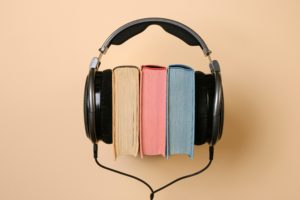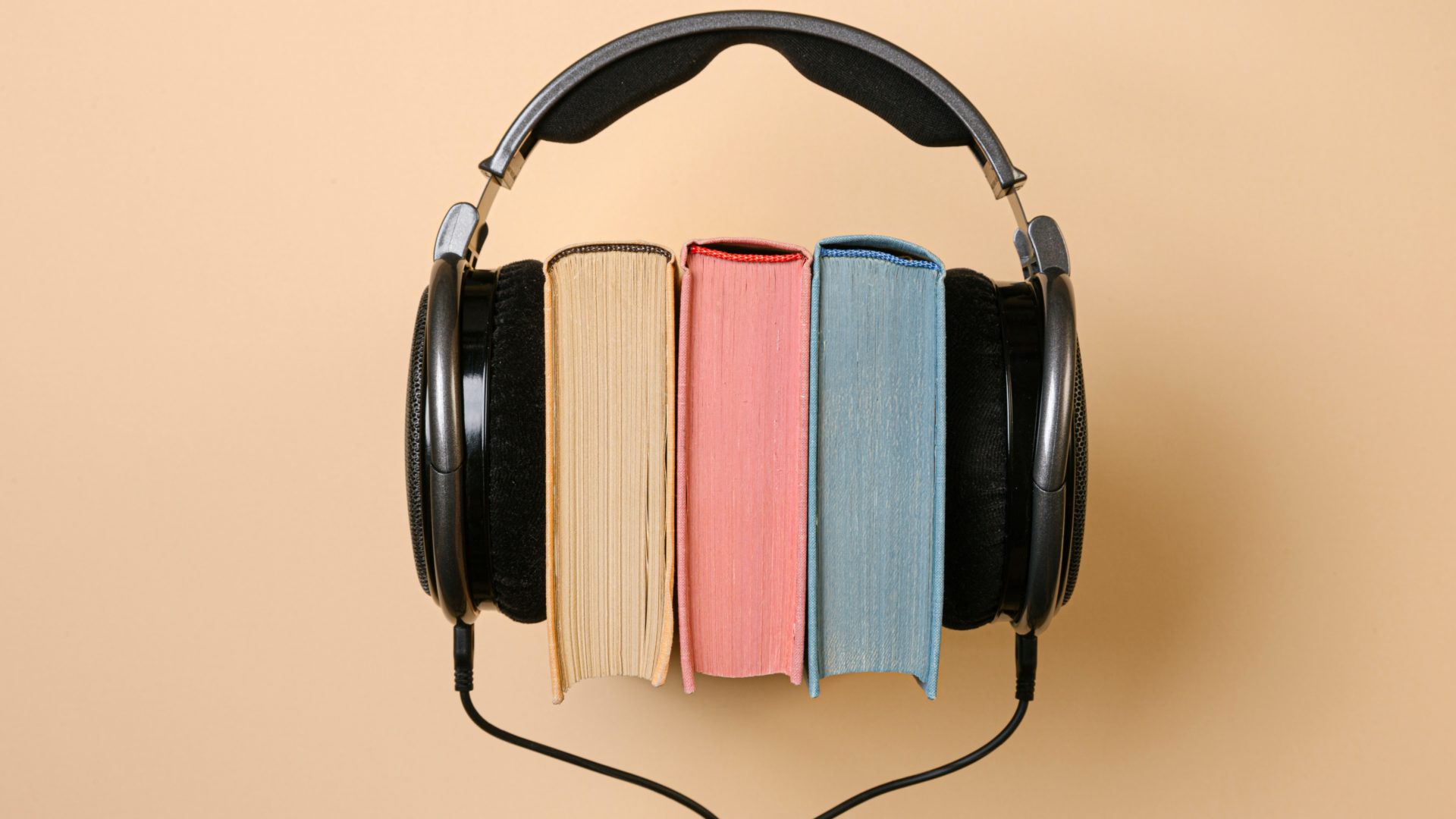Access to Educational Content in Low-Resource Regions
 Gaining access to educational resources in audio can be especially difficult in regions of the developing world where lack of electrical power and internet connectivity is often a limiting factor.
Gaining access to educational resources in audio can be especially difficult in regions of the developing world where lack of electrical power and internet connectivity is often a limiting factor.
Through the Microsoft supported Low-Cost Assistive Technology Project, DAISY partnered with organizations in developing countries to pilot new methods of creating and delivering accessible titles. including the L V Prasad Eye Institute (LVPEI) and the DAISY Lanka Foundation.
The L V Prasad Eye Institute (LVPEI) works extensively across a number of states in India to provide a diverse range of services including eye care, employment support, and rehabilitation. The institute’s digital library service offers essential resources to support the education of learners who are blind or partially sighted. The DAISY Lanka Foundation operates an accessible library service in Sri Lanka amongst other activities.
However, it has historically proved challenging to train and equip people in particularly low-resource regions with the solutions required to access accessible digital titles.
Through this pilot, individuals in low-resource regions are being provided with MegaVoice solar-powered audiobook players, which are known for being user-friendly, but also have the added benefit of not being reliant upon electrical power since they can be charged in sunlight.
The Megavoice devices cannot natively play DAISY or EPUB audio titles, but using new software developed under this project, books in these formats can be converted and loaded onto audio players. The conversion software uses the rich structural information of the DAISY and EPUB format titles and places the audio files on the player in a way that enables the users to navigate by book, section, etc.
We will be examining how these resources are used, identifying success factors as well as barriers to access. Equitable access to textbooks and other educational resources is still a challenge for people with print disabilities. This easy-to-use solution for more affordable devices will show how it is possible to extend accessible reading to even some of the lowest-resourced parts of the world.

